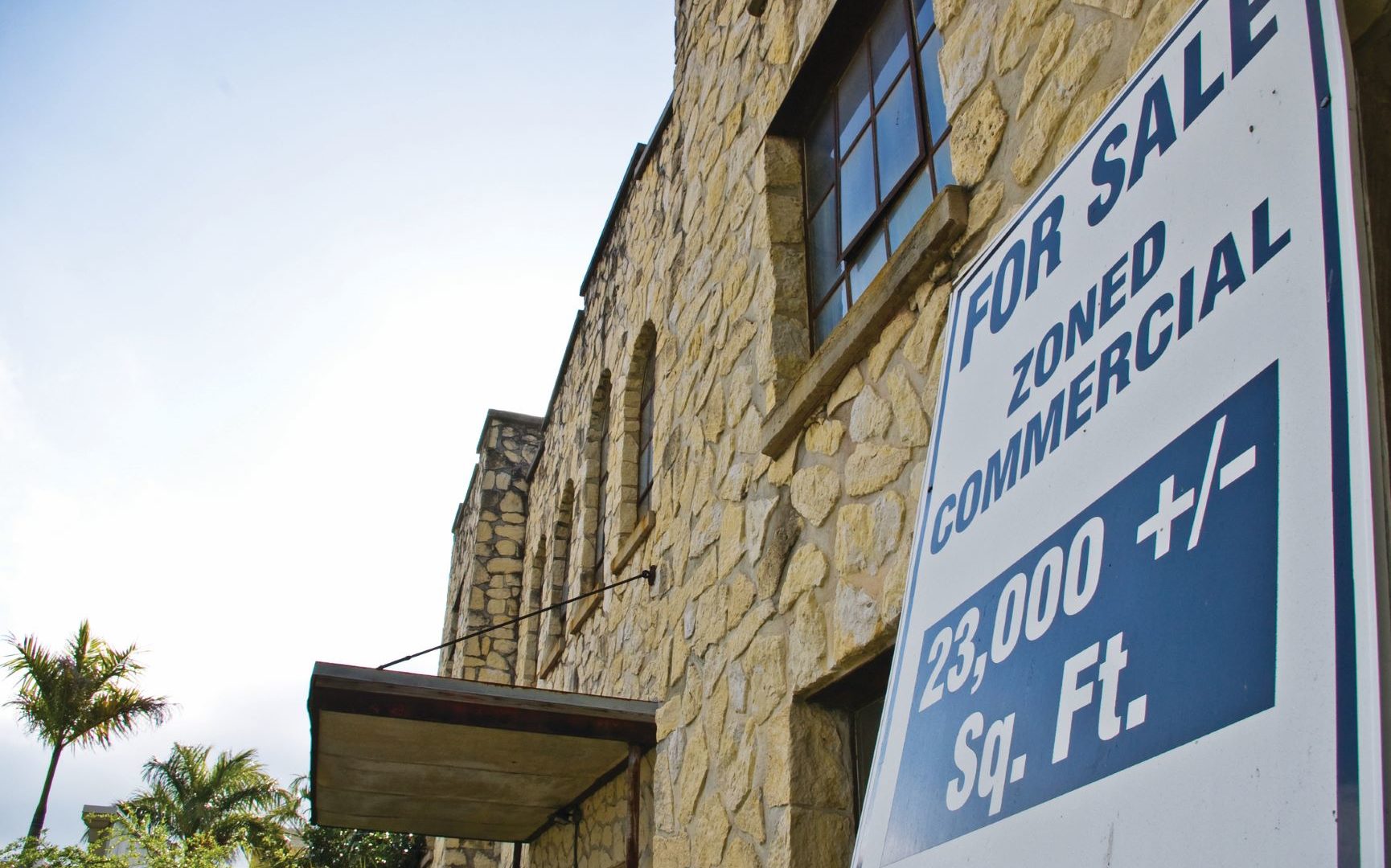This article originally appeared in the September 2008 issue.
By Matthew D. Messier
Matthew D. Messier, SIOR, CCIM, heads up the Specialty Brokerage Group of CNL, www.cnl.com. He and his team have assisted more than 1,500 churches and non-profit organizations with their real estate needs.
One of the most important, yet challenging, endeavors a church will ever undertake is the sale of their property. For most churches, it happens only once, maybe twice, in the life of the church. Although theologically and philosophically, the leadership and membership know that the church is the people, there is a tremendous amount of emotion attached to the building.
Many don’t see just bricks and mortar, but a home where friends and family were married, children baptized, and parents eulogized. It is a place alive with memories. Thus, in many respects, it is invaluable, and this is very important to remember. The process of selling a church property is just as important as the price and terms of the sale.
The question I am most often asked by the leadership of a church whose property I am selling is, “What is it worth?” Value by nature depends upon use. If one can determine a property’s highest and best use, then one can determine its value. Thus, the first step in trying to determine value is determining the church property’s highest and best use.
If the church is located in an area where the zoning or potential zoning will allow it to be converted to another use, the highest value may not be as a church. We have seen numerous church properties converted to offices, schools, adult living facilities, or recreational centers, or simply torn down and a retail center put up in its place.
However, just because the church is located in a zoning district that would allow another use such as office or retail does not mean that there is a demand in that market for those uses. We have seen many churches languish on the market because the owner was looking for an “office price,” when the market that they were located in had no demand for such use. Thus, the owner lost valuable time, money, and, perhaps most importantly, momentum by not understanding that demand must accompany use in order to create a higher value.
If the highest and best use is for the property to remain as a church, the property’s “functionality” in the eyes of different buyers will also impact value. For example, having a fellowship hall that opens up directly to the sanctuary may be positive for one group because of how they do ministry, while another group may see it as a negative. The view of that amenity will increase the property’s value to the first group, yet decrease the value to the second group.
I express this concept to my church clients by explaining that there are “tiers” of buyers for any given property. A “Tier 1” buyer finds the property’s location, seating capacity, number and size of classrooms, etc. as ideal. They will offer the most favorable price and terms for the property because they view it as extremely functional.
A “Tier 2” buyer is someone who views the location as good but not ideal. They may feel that the classrooms are smaller than they had wanted or that the seating in the sanctuary does not provide for the amount of growth that they are anticipating.
A “Tier 3” buyer is someone who would purchase the property if the price was right. It doesn’t really meet their needs, but if they could purchase it at a good enough price, they could make it work.
Unfortunately, many church properties are sold at tier 2 and tier 3 prices because they simply were not marketed to a large enough audience or did not have an advocate working on their behalf showing value to potential buyers.
In general, however, there are certain aspects of a church property that do help create value if the property is going to be sold as a church. They are seating capacity, classrooms, and parking, and a balance between the three is important. A church that seats 1,000 but only has 10 classrooms is imbalanced, as is a property that seats 300 with 20 classrooms.
The most common imbalance involves parking, or the lack thereof. Many older churches were built when people walked to church or drove together in one car. Today, almost no one walks to church, and families of four are taking two cars. What is the value of a 1,000-seat church that only has parking for 150 cars? Will members park a couple of blocks away and walk to the building at night or in the rain? How would a lack of classrooms affect the church’s ministry? If visitors feel there kids are being crammed in a classroom, will they come back? Each potential buyer will answer those questions differently. The key is to find the buyer who finds more positive about the property than negative and who finds the imbalances workable.
In addition to highest and best use and functionality, a third major impact to value is the ability of the buyer pool, especially when the property’s use will remain as a church. There are many churches looking to buy a property in today’s market. Unfortunately, there are not many who have the ability or means to purchase a property, at least at the price and terms that the seller would want. Knowing what the average giving is within a certain geographic area will help determine what a church can afford to purchase and help determine if the selling church’s asking price is reasonable considering the property’s location.
In other words, the property is only as valuable as what someone is willing or able to pay for it. The property may have cost $5,000,000 to build many years ago. However, if the purchasing ability of the buyer pool is $1,000,000, then the value of the property may be only $1,000,000. This is very important for two reasons. First, the seller needs to be aware of what a bank would require of a buyer in order to purchase a property. Most banks will require a church to have a minimum of 20% to 25% down of the purchase price. If the selling church is asking $2,000,000 for their property, how many potential buyers of their building have $400,000 or $500,000 sitting in their bank account? Probably not many! The seller needs to be very careful to have a full understanding of the buyer’s financial abilities before they go under contract. One of the worst situations that can happen to a selling church is to have its membership excited about a sale and then have the sale fall through. If that occurs a couple of times, the membership may begin to question its leadership, as well as wonder if it is really God’s will that they move.
Secondly, the most qualified buyer may be someone outside of the local market who can afford to pay more for the property then someone locally. We are increasingly selling church properties to buyers outside of the local market who oftentimes pay more than what the local market would pay.
Highest and best use, functionality, and buyer’s ability all impact a church property’s value in some way. The key to obtaining the greatest value for a church property is the implementation of an aggressive marketing plan to a variety of users on a local and national level. The greater the number of potential buyers exposed to the property’s availability, the greater the likelihood of the seller achieving a higher price and terms.









